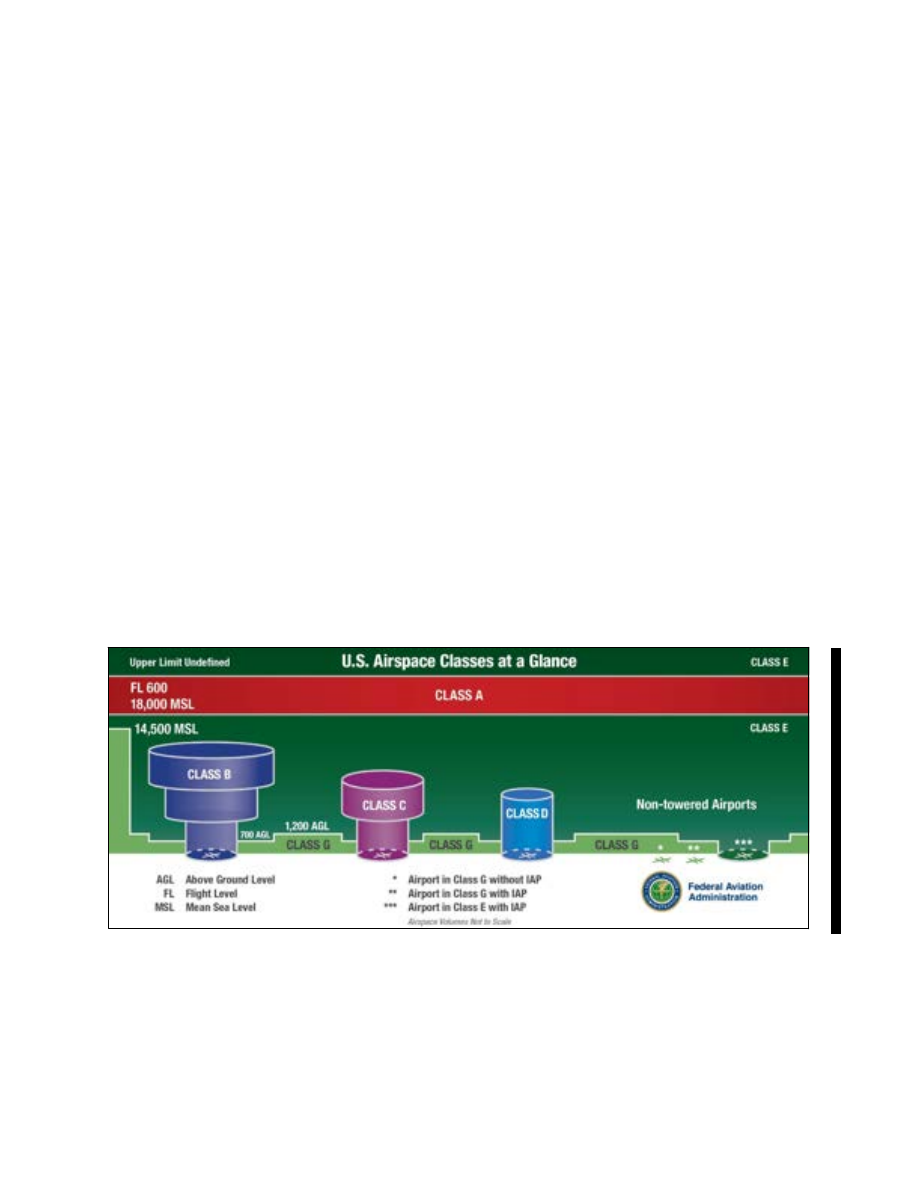
4/20/23
AIM
FIG 2
−
3
−
6
Markings for Blast Pad or Stopway or Taxiway Preceding a Displaced Threshold
Airport Marking Aids and Signs
2
−
3
−
9

4/20/23
AIM
FIG 2
−
3
−
6
Markings for Blast Pad or Stopway or Taxiway Preceding a Displaced Threshold
Airport Marking Aids and Signs
2
−
3
−
9